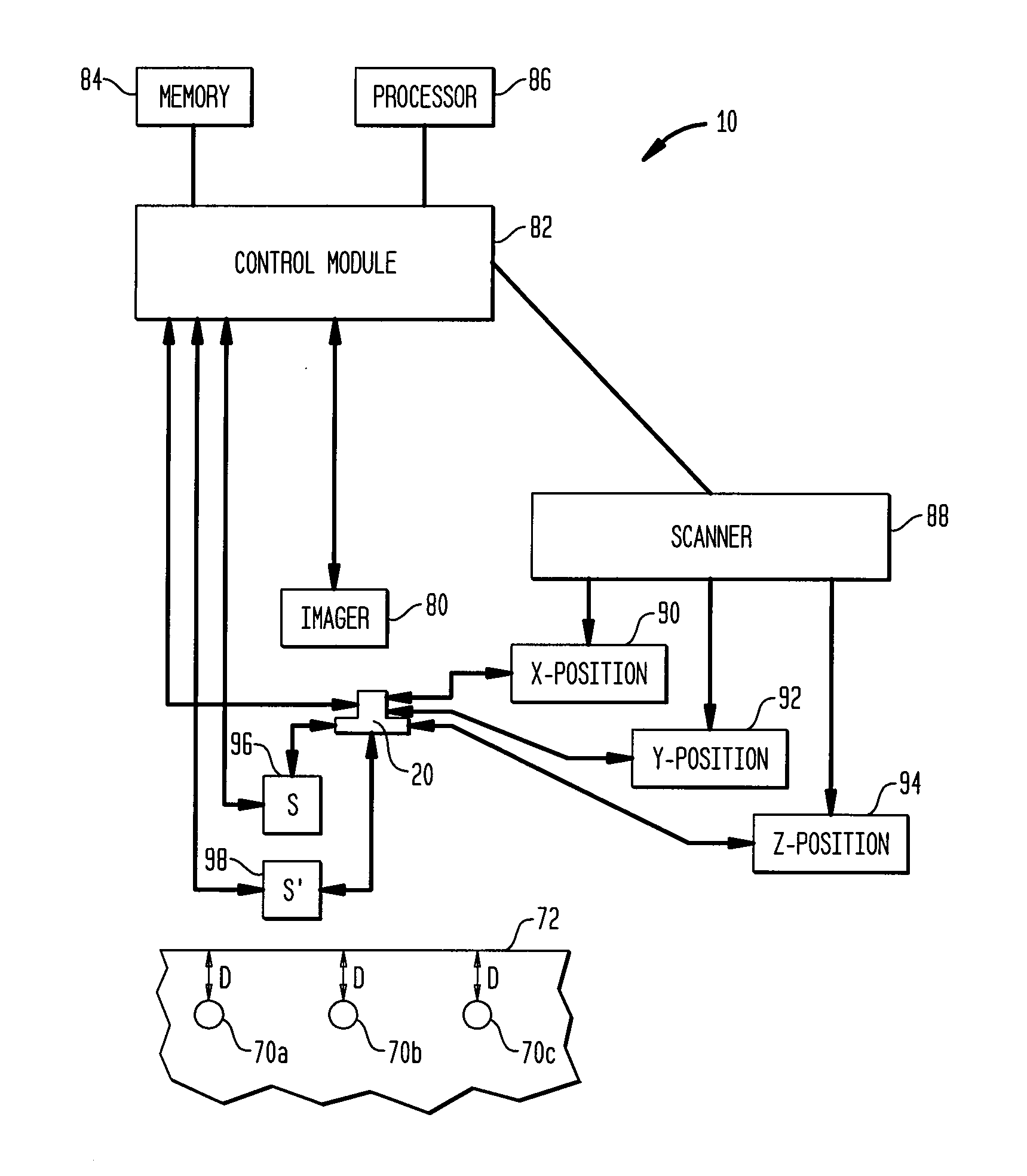System and method of treating tissue with ultrasound energy
a tissue and ultrasound energy technology, applied in the field of systems and methods for treating tissue with ultrasound energy, can solve the problems of consuming a great deal of time, and achieve the effects of convenient coupling of ultrasound energy, uniform thickness, and constant coupling
- Summary
- Abstract
- Description
- Claims
- Application Information
AI Technical Summary
Benefits of technology
Problems solved by technology
Method used
Image
Examples
experiment 2
und Exposure Times for Different Focal Places
[0182]When sonication times go above certain values, it can result in skin burns (FIG. 17). In order to generate a lesion in tissue without causing skin burns proper exposure times need to be selected. We determined that for the lesions located deep in the tissue, the length of ultrasound impulses which do not cause skin burns can be as much as hundreds of milliseconds (see FIG. 18).
[0183]Therefore, at selected acoustical power and transducer configurations, two important parameters are the time of the surface damage and focal damage. Threshold time of the surface damage is important for safety of the technique and the focal damage is important for efficacy of the treatment. Both of the parameters depend on the focal place under the skin (e.g., the focal depth).
experiment 3
[0184]A sample of a freshly excised 1 cm thick piece of human abdomen skin was sonicated with 3.4 MHz focused ultrasound. Temperature below the skin sample was kept at 37° C. (the temperature of the human body), the temperature at the surface of the skin was 27° C. The location of the sonicated spot was removed with a biopsy punch, and stained with the H&E technique. Device parameters were about 250 W of electrical output power, 900 W / cm2 of acoustic spatial focal peak intensity and 40 ms pulse lengths. The focal depth was 2 mm below the skin surface and the F-number was 0.9. As shown in FIG. 19, at these chosen parameters, focused ultrasound produced coagulation with no detected damage to the epidermis. Without changing location of the focal area such that the focal area was located ˜2 mm beneath the surface of skin the ultrasound exposure time was increased up to about 70 ms, which caused damage of the upper layers of skin (in accordance with the results previously obtai...
experiment 4
reatment
[0186]Thermo-coagulated fractions (e.g., islets) may be formed in skin using focused ultrasound. Using ultrasound, a matrix of lesions, with few micrometers or millimeters separation between, may be positioned in the dermis of skin (FIG. 21).
[0187]With reference to FIG. 22, slices of the pig skin (sliced medially) were treated by exposure to focused 5 MHz ultrasound. Each location was exposed to the focused ultrasound energy for about 10 ms. The focal depth was about 2.5 mm, the acoustical power density was from about 700 W / cm2 to about 800 W / cm2, and the F-number was about 1.0. The numbers above each slide indicate the slice's depth relative to the surface of the skin. Slices were cut using a cryotome with orientation of the blade parallel to the surface of skin and stained with NBTC. White circles are the coagulated spots in the dermis of skin, the average distance between the coagulated spots being about 1 mm. FIG. 22 shows that the coagulated region runs in the z directi...
PUM
 Login to View More
Login to View More Abstract
Description
Claims
Application Information
 Login to View More
Login to View More - R&D
- Intellectual Property
- Life Sciences
- Materials
- Tech Scout
- Unparalleled Data Quality
- Higher Quality Content
- 60% Fewer Hallucinations
Browse by: Latest US Patents, China's latest patents, Technical Efficacy Thesaurus, Application Domain, Technology Topic, Popular Technical Reports.
© 2025 PatSnap. All rights reserved.Legal|Privacy policy|Modern Slavery Act Transparency Statement|Sitemap|About US| Contact US: help@patsnap.com



